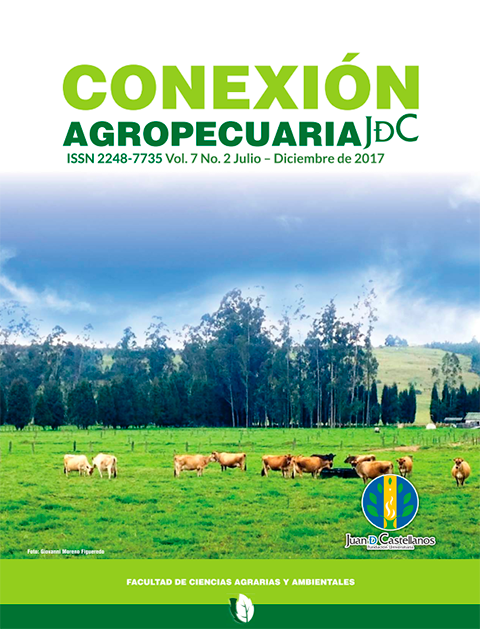Keywords:
conservation methods, anatomical parts, corrosion, lungsAbstract
During the development of this work, potassium hydroxide and formalin were replaced, in the injection-corrosion method used to obtain anatomical models, by other elements of daily use, such as papaya, pineapple, and coca-cola®, which involve less environmental pollution and low risks for the staff in charge of handling these reagents. In the process of parts production of the respiratory system, we used lungs of canines that died from natural causes or diseases that did not affect the respiratory system, we performed the dissection in order to obtain the complete bronchial tree, we proceeded to weigh them, then we cannulated veins, arteries, trachea, the structure was filled with resin, dyed with acrylic paint, a mixture of papaya, pineapple, and coca-cola® was used as corrosive elements for the elimination of tissue. Parameters such as the initial weight, final weight, and loss of organic material (tissue), morphological changes that happened throughout the process were evaluated. In addition, fortuitous changes in the solution were reported, as in the case of lungs immersed in coca-cola®, in which fungi have grown; on the other hand, it has been observed that the resin is more efficient for repletion. It was determined that the lungs dipped in pure coca-cola® lost more organic material. The mixture of fruits and coca-cola® generates tissue detachment in large portions, and there is no significant damage to the mold, the architecture is preserved, so it is considered that it would be very useful to replace potassium hydroxide. Moreover, the resin has a higher level of resistance than silicone, by being immersed in corrosive substances and does not lose its consistency.
Downloads
References
CORREA, F. (2005). Conservación de piezas anatómicas en seco mediante el método de prives. Revista Electrónica de Veterinaria REDVE, 6(5).
JARAMILLO, M., Y ABURTO, P. (2006). Modificaciones del Método de Preparaciones Anatómicas de Pulmones Insuflados. International Journal of Morphology, 24(2), 143-146.
JIMÉNEZ, I. (2009). Enzimas vegetales proteasas aplicadas para el ablandamiento de carne (bromelia ficina y papaina). (Tesis). Universidad Autónoma Agraria Antonio Nariño, Colombia.
MUÑETÓN, M., Y ORTIZ, C. (2011). Conservación y elaboración de piezas anatómicas con sustancias diferentes al formol en la Facultad de Ciencias Agropecuarias de la Universidad de La Salle. Revista de Medicina Veterinaria, (22), 51-55.
MUÑETÓN, C., Y ORTIZ, J. (2013). Preparation in Glycerin: A Technique for Prolonged Preservation of Bodies in Veterinary Anatomy. Revista de Medicina Veterinaria, (26), 115-122.
OLIVARES, R., Y GIL, J. (2016). Lobulación pulmonar de la rata blanca (Rattus norvegicus albinus). International Journal of Morphology, 34(3), 901-903.
PERALTA PINEDA, E., Y QUIJANO BLANCO, Y. (2015). Generación de réplicas anatómicas del sistema ventricular encefálico humano mediante técnica de inyección corrosión. Revista U.D.C.A Actualidad & Divulgación Científica, 18(1), 51-57.
VISCUSO, M., ARCAMONE, M., CORRADO, M., Y PISCOPO, A. (2011). Variaciones del árbol traqueobronquial: metodología de estudio. Revista Argentina de Anatomía, 2(1), 1- 34.
WOLFF, D., VILLA, P., NEIRREITTER, A., RUIBAL, C., UGON., G., Y CANTIN. (2012). Estudio Comparativo entre Soluciones Conservadoras con y sin Formol en Placenta Humana. International Journal of Morphology, 432-438.





